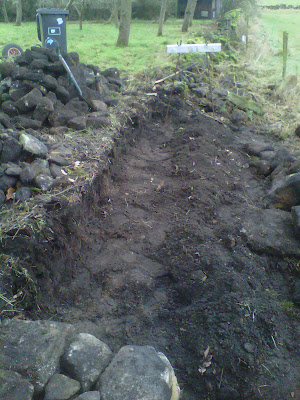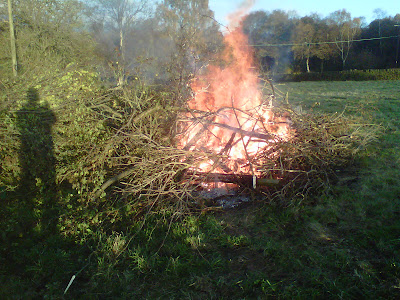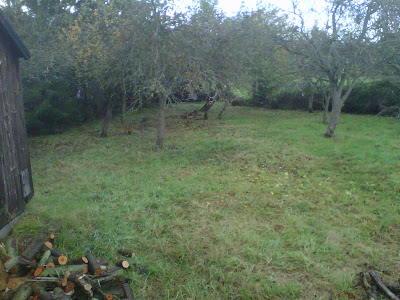Last year we cleared out the orchard. All the non-fruit trees were taken down, we cleared back all of the undergrowth and removed an old chicken run and a wooden shed. The only problem now is that there is grass to mow. The grass has really taken off in the last couple of weeks.
While it is never going to be a lawn, we need to keep the grass under control just to make accessing the orchard a little bit easier. We already have a lawn mower, but it is a small electric one – it is not going to be man enough to handle the orchard.
Now, I am never one to resist buying power tools, so this has to be an opportunity to purchase a petrol lawn mower. After a bit of research, it looks like the best option is a mulching lawn mower. This will cut the grass to a very fine mulch and leaves it on the lawn as a fertiliser. So there is no need to collect the grass in a grass box. This means that it is quicker to mow the lawn and then there are no clippings to get rid off.
After talking to Fisco mowers in Wakefield (www.fisco-online.co.uk), I decided on a Stiga. I can’t recommend these guys enough – always helpful, they set up the machine, show you how to use it, and are only marginally more expensive that buying it online (in fact the Stiga was the same price). I prefer to support local businesses wherever I can. If you need advice, talk to Oliver.
The Stiga is a powerful machine (4.5 bhp) that is going to be more than enough to cut the grass in the orchard. And first impressions are great, it cut the grass without any problems at all – it seems to start first time and cuts the grass with ease. The finish is surprisingly good. Hopefully, not too good. It isn’t meant to be a lawn!






















